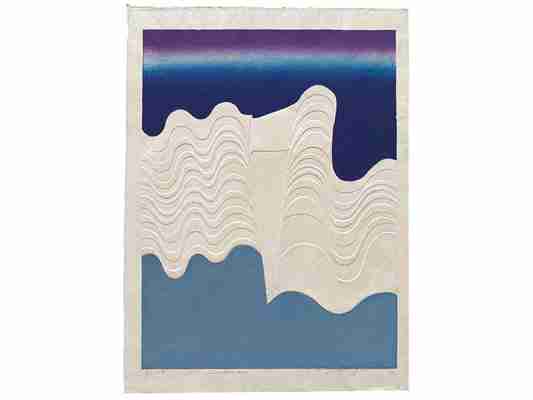
In October 1956, nine artists calling themselves Joryū Hanga Kyōkai, or the Women’s Print Association, mounted their debut exhibition in Tokyo. Their bold, modernistic woodblocks, etchings and lithographs pushed the boundaries of Japan’s long—and male-dominated—printmaking tradition. Artists in the postwar years had been forming collectives to share scarce resources, especially gallery space, but it was unusual for young women to organize to further one another’s careers. “They didn’t have the engine of support behind them that a lot of the male artists did,” says Jeannie Kenmotsu, curator of an exhibit of Joryū Hanga Kyōkai works scheduled to open in May at the Portland Art Museum. As some members of the collective married and started families, they had less time for their art and drifted into obscurity. Nevertheless, says Kenmotsu, the still-fresh appeal of their work “speaks to a self-confidence that is really remarkable, in all of them.”


